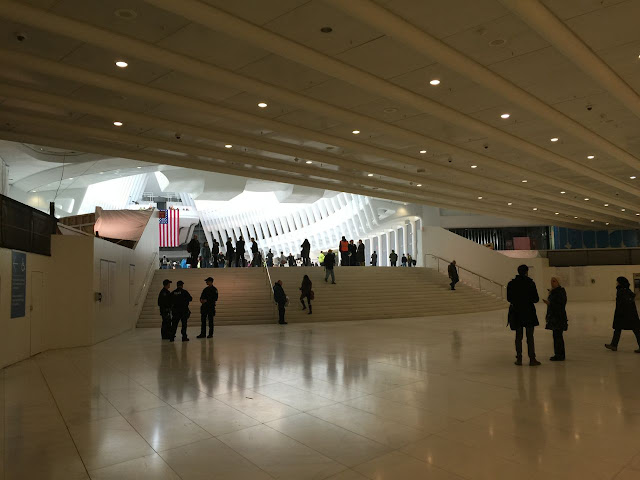Search This Blog
A strolling guide to New York City by writer and photographer Teri Tynes. Active during the years 2007-2021, Walking Off the Big Apple plans new walks away from the city in the summer of 2025.
Posts
Showing posts from March, 2016
Coming this summer 2025
A Hudson River Camino - a cultural and spirit-filled pilgrimage up river.
Spring Training: Conquering the Hilly Terrain of Northern Manhattan
- Get link
- X
- Other Apps
On the Brooklyn Waterfront: An Afternoon Visit to South Williamsburg and DUMBO
- Get link
- X
- Other Apps
The World Trade Center Transportation Hub Opens: Into the Oculus
- Get link
- X
- Other Apps
Big Things to See at the American Museum of Natural History
- Get link
- X
- Other Apps
A New York Spring Calendar: Blooming Times and Seasonal Events
- Get link
- X
- Other Apps
June 11, 2025 in Beacon, NY

On a day trip from NYC






